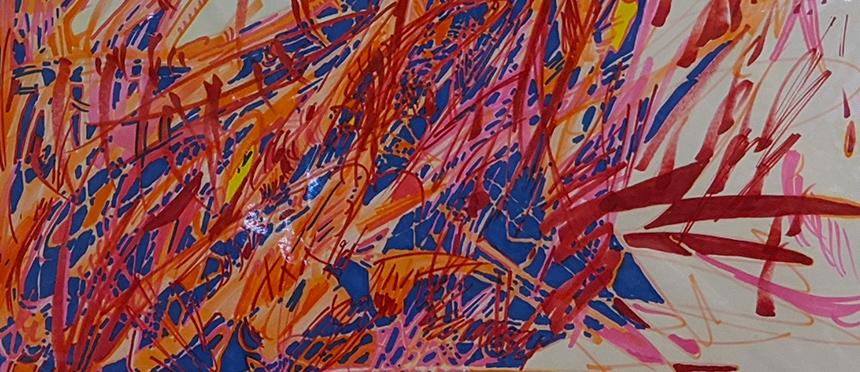Undergraduate Programs
Undergraduate Programs
Undergraduate Programs & Areas of Study
Bachelor of Arts (B.A.)
Bachelor of Fine Arts (B.F.A.)
- B.F.A. in Studio Art
- B.F.A. in Biomedical Art & Visualization‡
- Atelier Concentration with Studio Incamminati
* Allows a Concentration to be listed in the student's BFA in Studio Art degree should they fulfill Concentration's requirements
‡ Please note, Biomedical Art & Visualization (B.F.A.) program is now within the department of Radio, Television & Film and is its own major, separate from the BFA in Studio Art
§ Please note, Photography area is within the department of Radio, Television & Film and has a dedicated minor. Photography courses count towards studio credit hours required for the BFA in Studio Art.
Minors
What's the difference between B.A. and B.F.A.?
| BA Art | BFA Studio Art |
| 30 credits required in studio courses | 66 credits required in studio courses |
| Can have primary area(s) of study | Can have primary area(s) of study |
| BA Senior Group exhibition | Solo/duo senior exhibition or Graphic Design senior group exhibitio |
| Can receive a BFA Studio Art degree with listed Concentration in Graphic Design, Animation, and/or Illustration |
Areas of Study
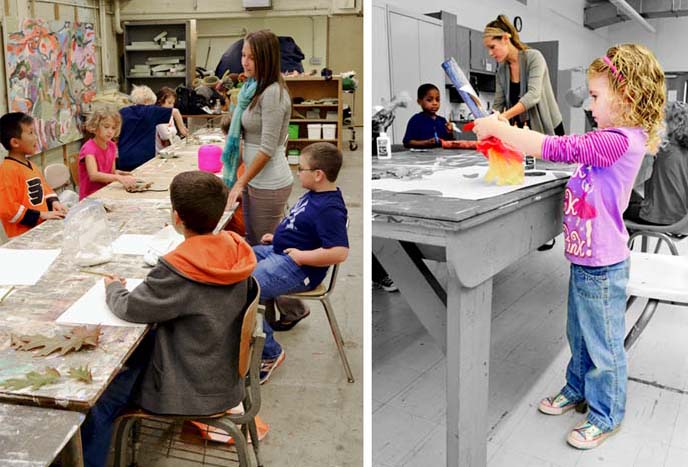
Art Education
Rowan’s Art Education program is well recognized at regional and national levels by professional teaching associations. We offer a strong curriculum based on the ever-changing/evolving research in our field. Students are introduced to the latest theory and innovative teaching practices involving: Lesson and curriculum design, differentiated instruction for special needs students; instruction in how to engage children with varieties of artistic media and, developing strategies for teaching aesthetics and art criticism, art history, and assessment.
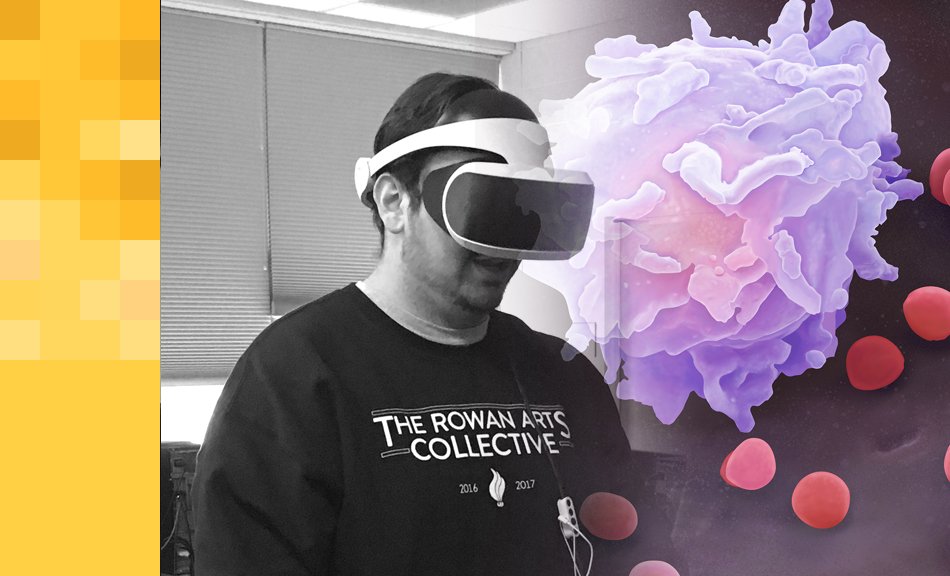
Biomedical Art & Visualization
The Rowan University Bachelor of Fine Art in Biomedical Art and Visualization is one of the few undergraduate disciplines of its kind in the country. The Biomedical Art and Visualization field is a unique area of study in a growing field of art, medicine, science, and technology. Biomedical Art and Visualization students combine artistic talent and strong visual communication skills with natural science and biomedical intellect. As a biomedical artist you will apply your knowledge of art, medicine science and technology to create educational illustrations, animations and interactive media for specific audiences.
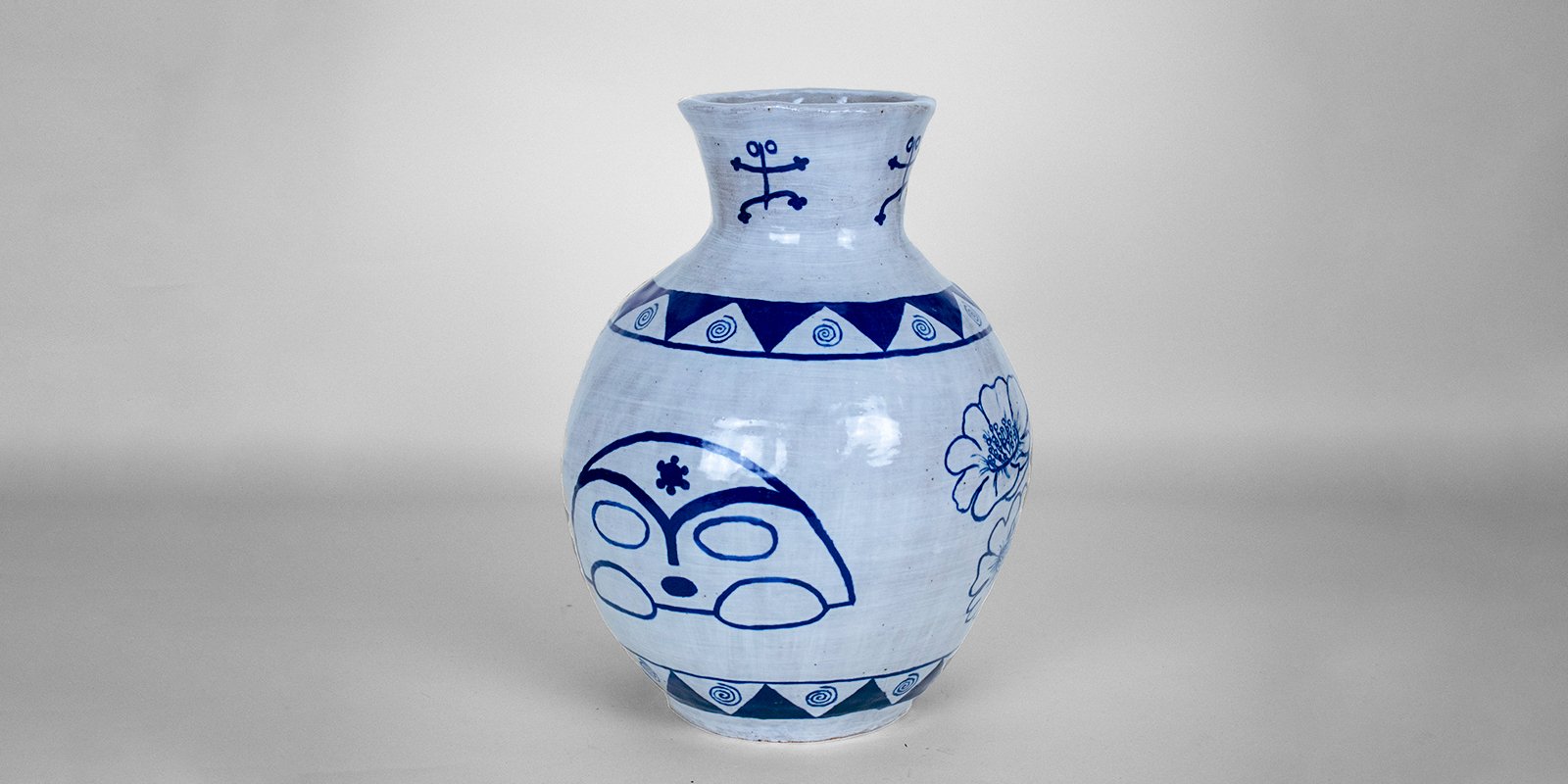
Ceramics
Our fully equipped ceramics studio provides the laboratory for aspiring entrepreneurs, designers, and art educators to learn the skills necessary for success in meeting their own career goals. Courses in the ceramics area challenge students to design and execute projects that express their unique conceptual ideas. Students in the ceramic arts create exciting portfolios of work that demonstrates mastery of basic and advanced techniques and development of their personal style.
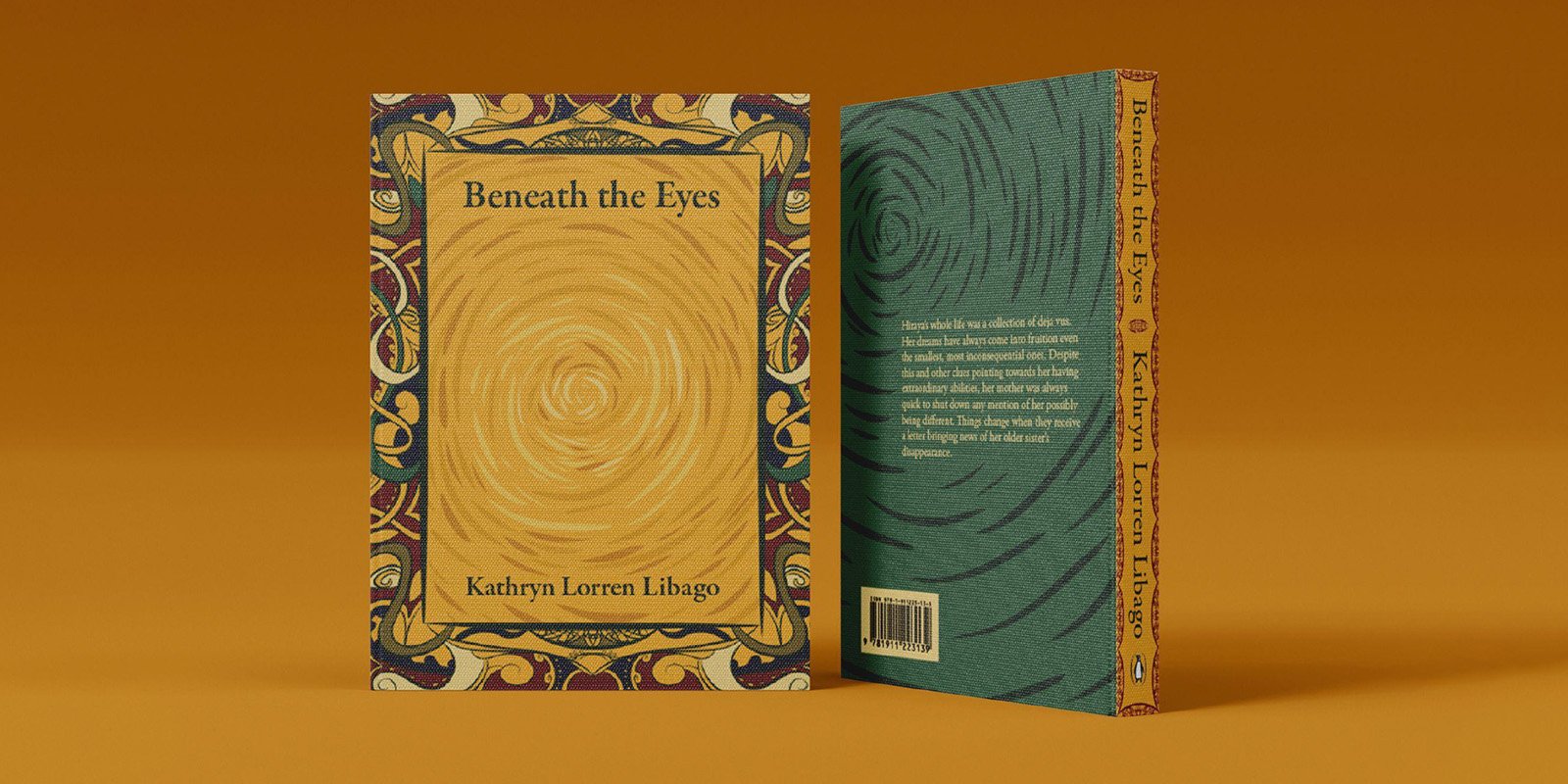
Graphic Design
The Graphic Design area at Rowan provides a solid foundation of concepts and skills that prepares students for entry into professional design practice. Sequentially structured coursework in design, typography, and history expands their understanding of design as a process of problem solving. The students gain awareness of exciting career possibilities and diverse design applications in traditional and digital realms.
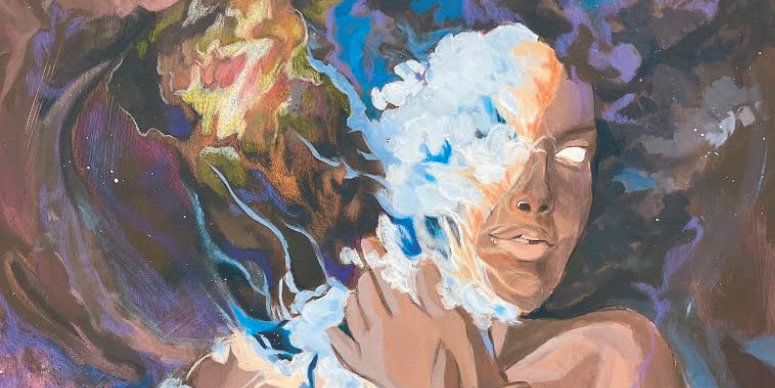
Illustration
The art department offers illustration courses that enable students to develop a portfolio of work demonstrating their personal style and understanding of technical and conceptual skills necessary to compete in the job market. Assignments are presented in context of the fine arts, graphic design, web and print applications. They focus on relevant issues encouraging exploration of traditional and digital media, critical thinking skills such as the ability to communicate effectively in a professional environment, the ability to generate ideas and perform necessary research and open-minded discussion.
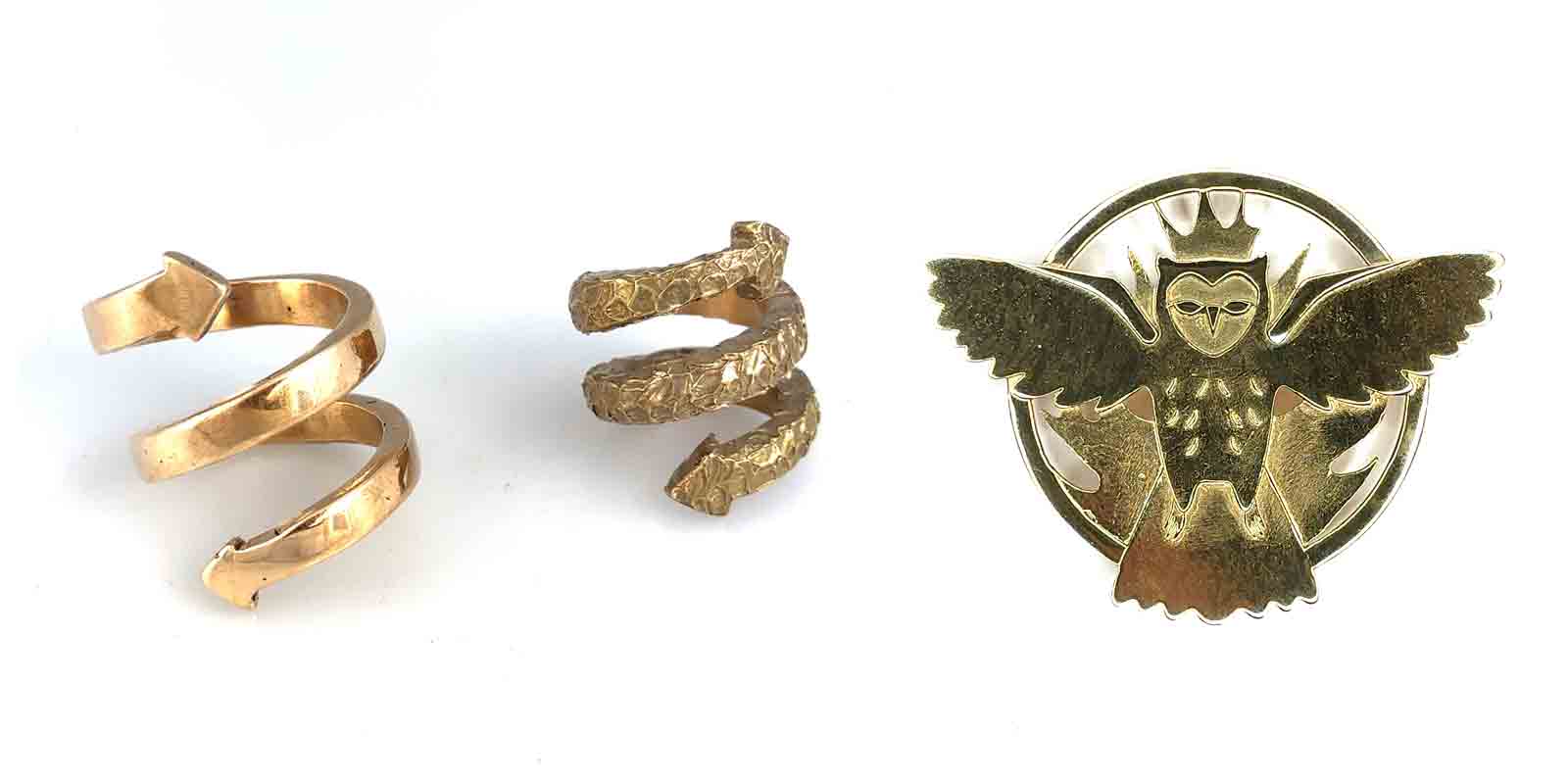
Jewelry & Metals
In Jewelry/Metals students learn a multitude of different metalsmithing techniques and concepts. In Introduction to Jewelry/Metals students learn piercing, riveting, high temperature silver soldering, small-scale fabrication, forging, and acid etching. In the next three levels of Jewelry/Metals students learn the processes of vitreous enameling, casting, and advanced forming. Along with these technical aspects students are introduced to the history of jewelry and metalsmithing as well as contemporary metalsmithing through a multitude of image presentations and readings. Throughout beginning and intermediate levels of Metals/Jewelry students are assigned projects that are guided by certain technical processes paired with a specific concept. In Advanced Metals/Jewelry students are encouraged to apply the techniques they've learned in levels I through IV and work more independently on a body of work.
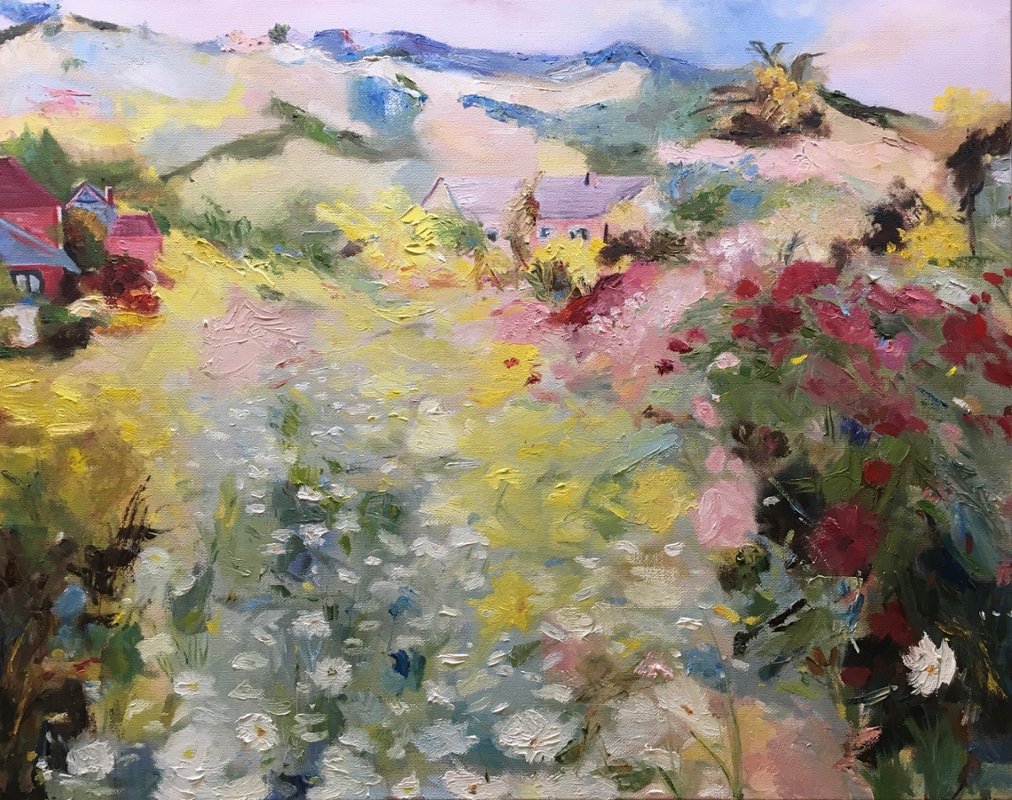
Painting
Students in painting discover personal aesthetics, developing technical expertise and creative artistic strengths to represent a consistent and cohesive expression in their work. Within the BFA program students explore their studio area in breadth and depth through a range of artistic problems. They develop bodies of work that are comprehensive and personal; as a result they are well-prepared for continuing into top MFA programs and for confidently exploring their independent work. The BA students (who often have a double major with Art and another area of study) who study painting also gain experience within the expressive medium. In the painting studio, part of the study focuses upon understanding one’s personal nature and independent vision and how one's personality shapes the creative process.
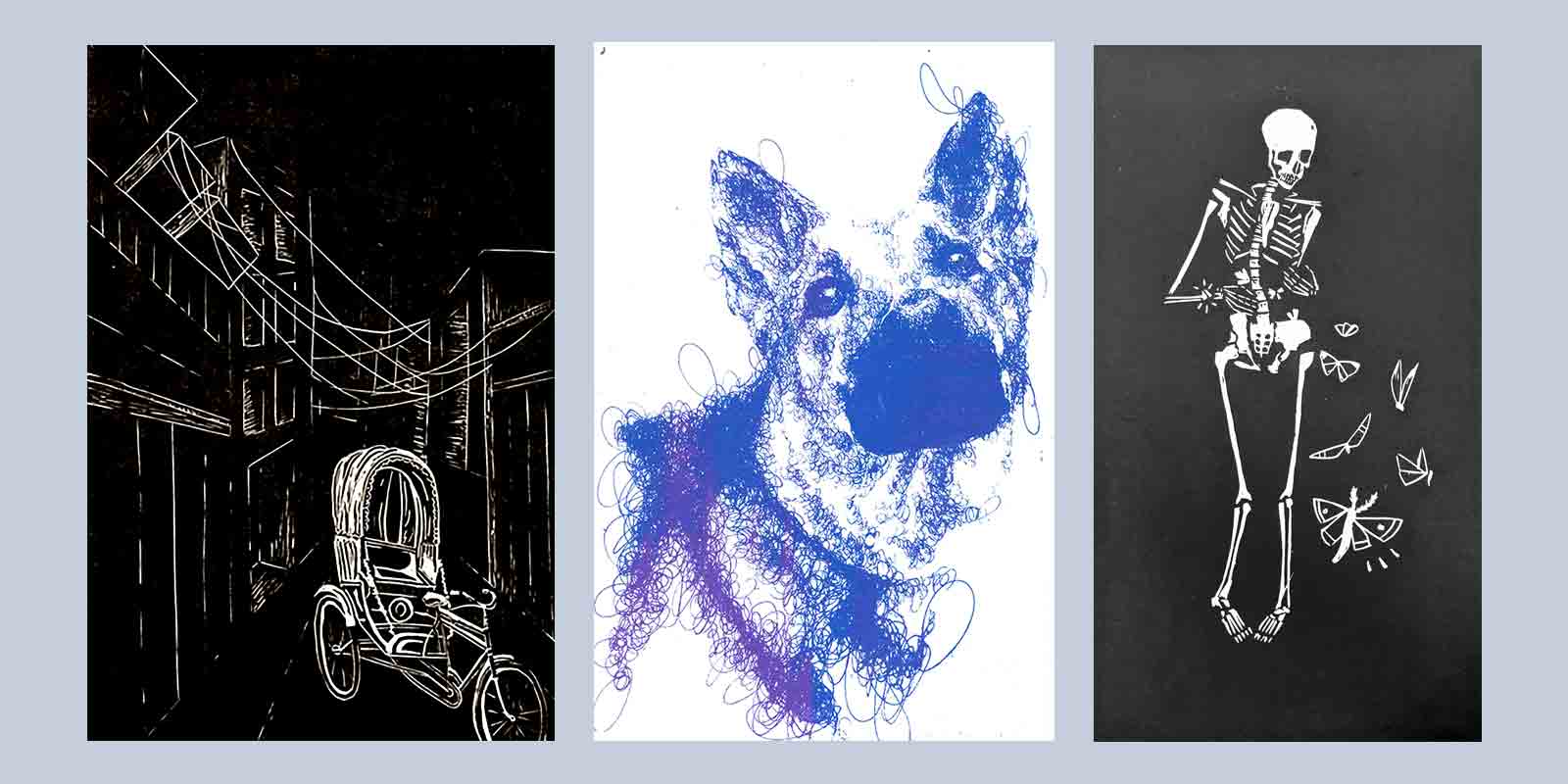
Printmaking
Today’s printmakers continue to interpret traditional approaches and materials but they also are challenged by new and innovative techniques of the past decade. We emphasize developing a personal approach, encouraging our students to explore a complete range of expression in new and traditional methods. Imagine yourself contributing to new methods of cultivating and developing visual concepts.
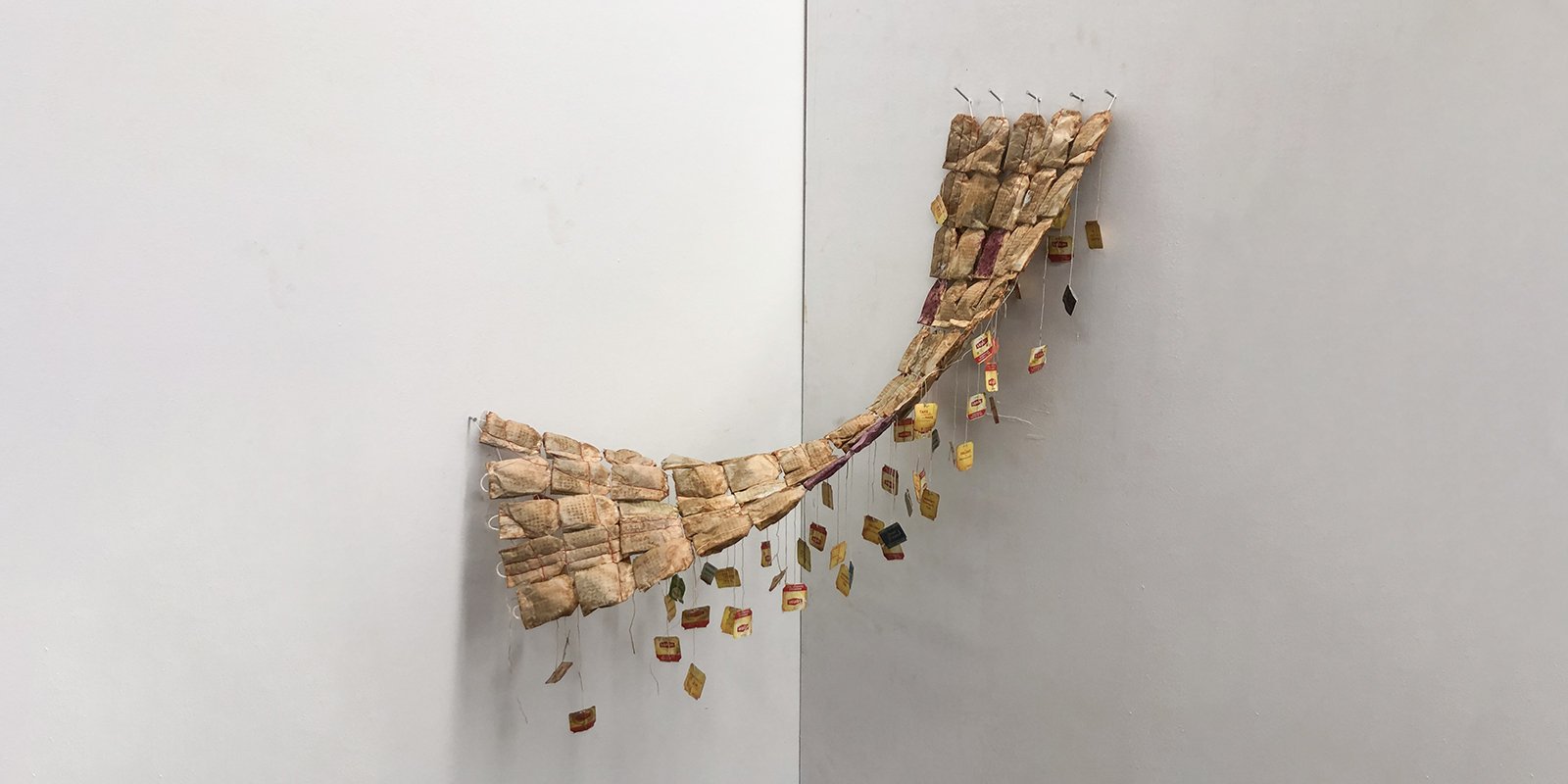
Sculpture
The sculpture area offers students an arena to develop technical competencies alongside critical and conceptual thinking. Introductory courses focus on the relationships between form and content through a variety of materials, processes and methodologies. Intermediate and advanced courses provide a platform for further development of students’ individual relationships with the creation of sculptural form and personal concepts. Interdisciplinary approaches to making are encouraged in the area and the history of art is taught as a tool to highlight works of historical and cultural importance. Our large studios include a fully equipped wood shop, metal fabrication/welding shop, plaster and mold making studio, and an indoor foundry for casting aluminum and bronze. The area also offers students the opportunity to utilize digital fabrication equipment such as a 40-watt epilog laser cutter and the 3D printing lab.
